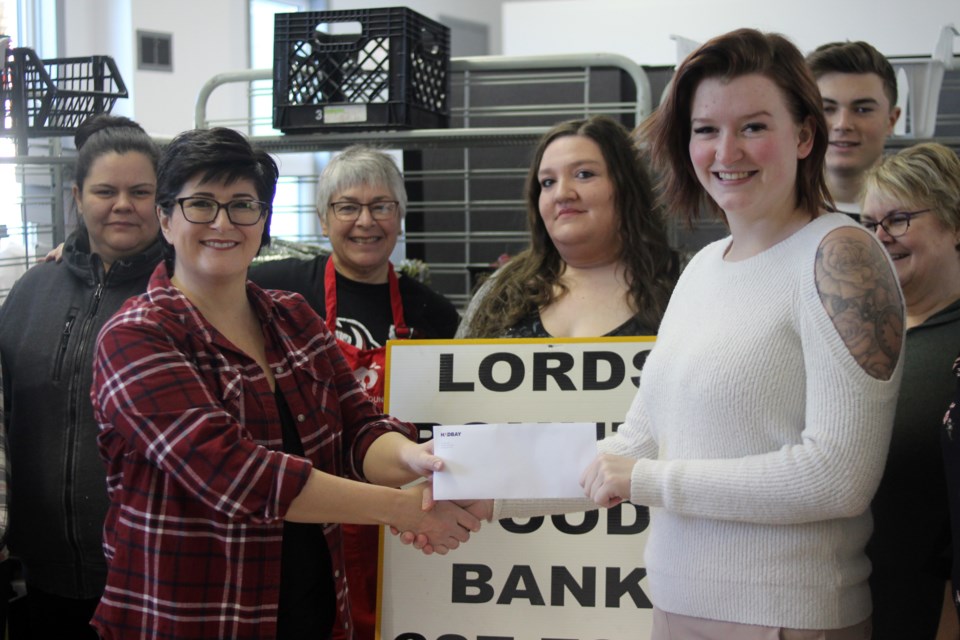For donations to the Lord’s Bounty Food Bank, the easier part of the year is over.
Director Alison Dallas-Funk said that donations come in fast and furious during fall months, but drop off during the rest of the year.
“October, November and December are our most donated months out of the year,” she said. “Those months actually carry us probably ‘til summer. By the time June comes, we are really lacking in supplies because it's not really thought about at those times.”
Dallas-Funk said the need for the community to access the food bank is especially high in January.
“January is one of the hardest months because typically everybody will spend their money in December,” she said.
“If you think about parents in general, you're willing to give your children something and sacrifice your own things. People want everybody to have a good Christmas, so they're willing to sacrifice basic needs or necessities in order for their family or their children to have a good Christmas.”
Dallas-Funk said she isn’t surprised people donate more during the holiday season and understands why donations go up in those months.
“You can't help it, but Thanksgiving to Christmas are a reflection of your own life,” she said.
“We are very fortunate in this community that we have a lot of people that have the ability to share and to spread and to be kind and help others.”
The food bank moved to their new home at the former St. Mary’s Ukrainian Catholic Church on Hiawatha Avenue last winter.
“It's been pretty amazing, watching it kind of evolve and grow into what we wanted it to,” she said.
“That being said, with all the new opportunities that we're offering comes expenses. We still have to pay the phone bill. We still have to pay heat. We have to pay taxes, we have to pay garbage - and we can't pay that with canned goods.”
Dallas-Funk said the food bank has a budget of under $30,000 per year. She also said that sometimes finding grant money can be a challenge.
“We're pretty frugal,” she said.
“We're solely operated on volunteers and granting. If we grant, it's usually for logistic stuff. For example, the community garden. We got new windows this year from Northern Neighbors. Operating costs, purchasing things or having employees is very difficult to grant for.”
Dallas-Funk said the food bank serves clients at a higher rate than most other food banks.
“In [Prince Albert], you can only go once a month. Everybody can access produce every week here - that's almost unheard of. What we provide for our clients is almost unheard of at Winnipeg Harvest, Thompson, all other food banks and it's all because of the community.”
Dallas-Funk said the food bank serves over 400 people. Nearly half are children. Manitoba’s north has one of the highest rates of child poverty in Canada.
“You always have people that are maybe not supportive of a local food bank,” she said.
“Good quality food for kids is a barrier in the north. We're providing that because it's difficult if you don't have the proper nutrition, to go to work, to school, to sleep, all of that.”
With the increasing needs comes an increase in required work to operate the food bank.
“We would not run without our volunteers,” she said.
“There's no way so and our client base is increasing every year.”
“Everybody can access it twice a month,” she said.
Dallas-Funk said a nationwide initiative is to reduce the stigma associated with using a food bank.
“What does a food bank client look like?” she asked.
“It's kind of like when people say anybody can have mental health issues. You just don’t know by looking at somebody or chronic illness, the idea is the same concept. You don't know what a food bank client looks like.”




